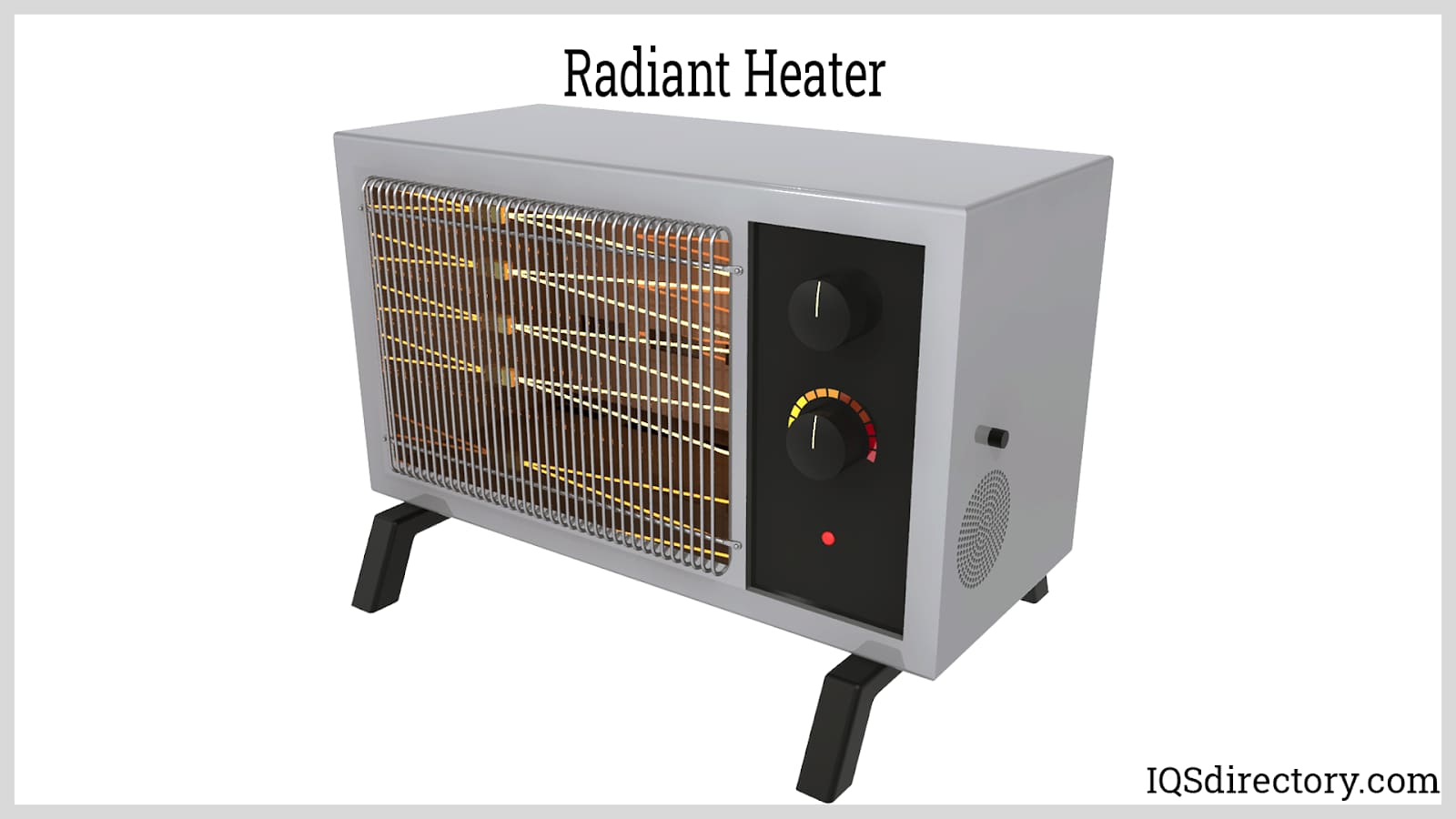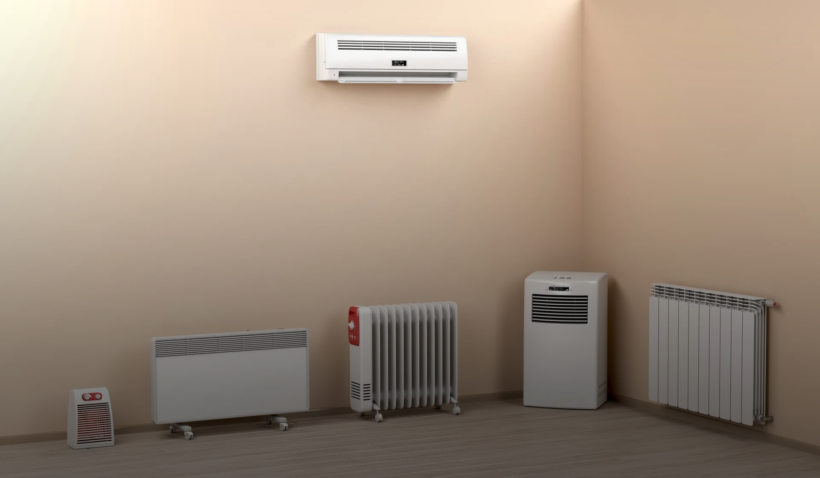1 Source Portable Air for Dummies
An Unbiased View of 1 Source Portable Air
Table of ContentsThe Only Guide for 1 Source Portable AirFacts About 1 Source Portable Air Uncovered1 Source Portable Air Can Be Fun For EveryoneThe 7-Minute Rule for 1 Source Portable AirSome Ideas on 1 Source Portable Air You Need To Know
Running expenses are based on an electrical energy price of 40c/kWh. The costs for 3 months' use in wintertime are based upon 500 hours use, or roughly 6 hours each day for three months. Maximum heat output is based on the optimum electrical power of the versions we have actually tested (we focus on higher wattage heating systems).
This relies on what cost you're checking out ahead of time acquisition, or running price? Customarily, there are trade-offs with either option. Usually, tiny follower heating units are cheaper to get, but can have greater running prices. Oil column heating units will certainly be the most inexpensive on the market to run (on standard) yet only by a slim margin ahead of convection heating systems (like panel and micathermic panels).
The smart Trick of 1 Source Portable Air That Nobody is Talking About
If you have a reversible ceiling follower, it'll aid spread the heat around the room much more evenly. A number of pricey heaters have failed to excite our testers, while some less costly versions make for remarkably good buys.
As the name suggests, they emit warm from a heated heating aspect (so the household will have to take turns resting in front of it). Radiant heating systems are reasonably low-cost.
Glowing heating units generally set you back between $20 and $200. Oil-filled column heating units do not in fact burn oil they use electrical energy to heat up the oil that's sealed inside their columns or 'fins'.
The 1 Source Portable Air Statements
Some column heating systems aren't even oil-filled however instead utilize other product or home heating technology to work similarly - 1 Source Portable Air. The danger of fire with an oil column heating system is low compared to various other heater kinds, yet never ever no. Oil heating systems do not have actually subjected components like radiant heaters do, and their surface area temperature level is lower than many other heating unit types (their big surface location offsets it)
Oil column heating systems won't explode, and while they do not burn their oil to produce warm, it's still flammable, so there is a fire risk if the oil leakages, if the heating unit topple and leakages, or if flammable objects or material come into contact or fall on the heater. You must work out the exact same level of caution with oil heaters as for other heating system kinds, and never ever hang towels or clothes over one to dry them make use of a drying out rack instead, at the very least one metre away.
Column heating units are particularly helpful in rooms where they'll be turned on for lengthy durations of time or where they'll operate neglected, such as over night in a room. The surface areas you're most likely to touch on a column heater don't obtain as warm as other sorts of electric heating systems. You can make use of a ceiling follower on very low speed to aid the column heater to distribute the warmth faster and extra equally.
If there's very little air activity (for instance, if you're resting reading or enjoying television), the warmth might not be dispersed equally. Oil-filled column heaters usually cost in between $50 and $450. Convection and panel heating systems draw cold air over an electric home heating component. The warmed up air then leaves the heating unit and rises towards the ceiling, while cooler air actions in to replace it.
The Only Guide for 1 Source Portable Air

Convection and panel heating systems are more portable than their oil-filled column heater counterparts since they're dramatically lighter. Like a column heating system, you can utilize a ceiling follower on very reduced rate to distribute the warm quicker and much more equally.

1 Source Portable Air Can Be Fun For Everyone
Fan heaters are commonly smaller sized and more portable than other electric heaters. They likewise are available in the type of tower follower heating systems, which can be much better for distributing heat around larger spaces because of their taller profile. They can heat up the air in a space extra swiftly, equally and promptly than some other heater types.
Follower heating systems (ceramic or otherwise) normally cost in between $60 and $900. Ceramic fan heating units aren't necessarily any type of various in rate to non-ceramic versions.